Have you ever tried to make a Fender amp sound like a Marshall, or do you want to? Although there’s no substitute for a Marshall, in this article, I’ll reveal the various things you can do to take your Fender amp into the “Marshall Zone.”
Keep reading to learn more!
You can use the table of contents below to take you to the area that interests you. Click on the little box to open it and then click on the section of the article you want to read, or you can read from start to finish if you want the full “Marshall sound” experience!
The Short Answer
You can make a Fender amplifier sound like a Marshall by selecting the right guitar and a flexible amp, adjusting your amp’s controls, using dirt pedals like overdrive or distortion, and adding an extension speaker cabinet. “Marshall-In-A-Box” effects pedals and modeling amps are most effective for getting vintage and modern Marshall sounds from your Fender amp.
Keep On Reading (Below) To Learn More
Why Make A Fender Amp Sound Like A Marshall?
Simply stated, while Fender amps started the American solid-body guitar sound, Marshall has the sound of British Rock And Roll!
At some point, every Rock, Blues, and Metal guitar player thinks about getting that coveted Marshall sound. Of course, there’s no better way of doing it than buying a Marshall, but if you don’t want two amps or can’t afford one, there are ways to make your Fender amp sound more “Marshall-like.
To get there, you’ll have to overcome differences in things like tone stack locations, transformers, tubes, and speakers!
Are Fender Amps Better Than Marshall?
Why did you buy a Fender amp in the first place? Are they better than Marshall? Not really; they’re just different.
There’s no substitute for the Fender sound. The first Fender amps were all made from tube circuitry and had that classic bright, clean sound with lots of highs, tight bass, less midrange, and tons of headroom. To get a mildly overdriven sound, you had to crank the volume to ten and really hit them hard with high-output pickups, like humbuckers.
These days, Fender makes a range of amps, from Master Volume multi-channel to modeling technology that comes very close to the Marshall sound.
What Is The Marshall Amp Sound?
So, what’s the “Marshall sound” all about, and what made it so popular? Unlike the bright, clean sound of typical Fender amps, Marshalls have more of an emphasis on a midrange tone that breaks up easily at higher volumes due to lower headroom. They can give a more compressed tube-saturated creamy crunchy overdrive that defined the British Rock sound.
It’s interesting to note that the very first Marshall amp was designed from the Fender Bassman amp circuit but was modified to use British power tubes like the EL-34 and other electronic components that were available at the time.
Fender Versus Marshall Musical Styles
Are there typical Fender and Marshall amp musical styles? Yes, generally speaking, I believe we can say there are!
Country, R&B, Blues, Surf Rock, and Classic Rock players tend to prefer Fender amps. Hard Rock and Metal players tend to prefer Marshall amps.
For my money, there’s nothing like the sound of a Marshall stack and the amount of air that it moves!
However, it’s easier to make a Fender amp sound like a Marshall than a Marshall amp sound like a Fender. So, if you want both sounds in a non-modeling tube amp, you’re better off getting a Fender and using some of the techniques listed below.
Fender Vs. Marshall Amp Comparison
Here are the essential features that distinguish Fender from Marshall amps.
| Comparison | Fender | Marshall |
|---|---|---|
| Amp Origin | USA | England |
| Character | Classic Strat and Tele sound | “British” sound |
| Tone | Bright and twangy with tight bass | Prominent midrange feel |
| Distortion | Typically clean headroom | Natural tube saturation at high volumes |
| Speakers | Built into “combo configuration” | Combo or external cabinet |
| Cost (tube amps) | Variable but typically lower | Variable but typically higher |
Keep On Reading (Below) To Learn More About Each Topic
Making Your Fender Sound More Marshall
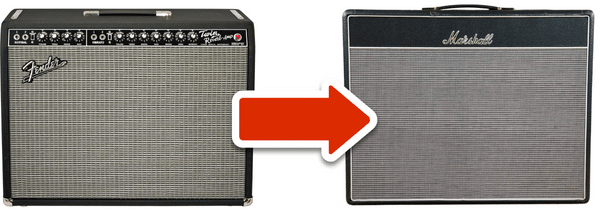
Here are the ways you can make a Fender amp sound more like a Marshall. Most players prefer to do this without making modifications to their amp.
Be careful with amp mods, as this could decrease the value of your amp, especially if it is a vintage model. Tube substitutions and circuitry mods can also damage your amp.
You can click on each item in the table below to learn more.
| No Amp Mods | Amp Mods |
|---|---|
| Choose the best guitar | Replace speakers |
| Find a flexible Fender amp | Power tube matching |
| Adjust amp’s control panel | Modify circuitry |
| Use effects pedals | |
| Add an external speaker cabinet |
Why Your Guitar Matters
The guitar you plug into your Fender amp is an essential determinant of the sound you’ll get out of it!
A guitar with single coil pickups, like a Stratocaster, will give you a thinner and lower output sound than something with higher-output humbucker pickups, like a Les Paul.
You’re more likely to be able to dial in a mild crunchy Marshall-like sound on your Fender amp with the humbuckers. Even Jimi Hendrix used a Fuzz Face pedal through his Marshall stacks to get his iconic distorted sound with a single-coil Strat!
Some players replace their single-coil pickups with higher-output single-coils or humbucker pickups. Do not attempt these modifications unless you have the proper tools and experience. You could damage your guitar or lower its resale value!
However, read on to see what you can do to get your Fender amp in Marshall tone territory with single coil pickups.
Your Fender Amp Makes A Difference, Too!
The Fender amp you have or are about to buy will be more or less capable of getting you close to a bit of the “Marshall mayhem.” In a traditional Fender amp, I find that an all-tube “blackface” design gives you the best tonal options.
If you have a vintage or vintage reissue Fender amp, you’re probably going to need an effects pedal to push it over the top and dial in the Marshall sound. Master volume and two-channel amps with high-gain capability are easier to deal with. Fender modeling amps give you the best of both worlds!
What Determines The Cost Of A Fender Amplifier?
The cost of a Fender amp is determined by many factors, such as:
- Country of manufacture
- Condition (new vs. Used)
- Limited edition or Custom Shop
- Power output
- Circuitry design:
- Solid-state
- Tube
- Hand-wired
- Modeling capability
- Cabinet construction
- Speaker number and type
Adjusting The Fender Amp Control Panel
Getting the Marshall sound from your Fender amp depends on which model you have, the guitar you use, and the effects pedals you choose. However, the control settings on your Fender amp are also important!
Fender Tube And Solid-State Amps
Generally speaking, a Fender amp will start to take on the Marshall tone when you max out the volume and adjust the tone controls so that the midrange tones stand out.
If your Fender amp has a Master Volume control, adjust it so you can turn the Volume control all the way up without making the amp too loud. Ideally, both controls should be at max, which may be practical if your amp is in the lower power output range (25 Watts or less).
Adjust your tone stack by turning the bass and treble controls down enough to accentuate the mids. If you have a Middle tone control, turn it up, but stop before the sound gets too “tinny.” Each amp is different, so experiment to find what sounds best with your setup. If you have a “bright” switch, set it to off.
For example, when I plug into my Fender Quad Reverb amp using a Les Paul guitar with humbuckers pickups, these are the settings that get me in the range of what you might get from a Marshall that gives you a clean to mild crunchy tone.
If I need more overdrive or distortion, I add a dirt pedal to get those classic Marshall power chords, lead tone, and sustain.

If your fender amp has an effects loop, dirt pedals should always go between the guitar and amp to drive the front end! More about pedals in the next section.
Fender Modeling Amps
If you have a Fender modeling amp, start with a “British” sound and adjust your Volume, Gain, and Tone controls to get the sound you need.
For example, if you have a Fender Mustang GTX100, you can choose between the ’60s, ’70s, or ’80s British models and see what works best for your setup. I love the sounds and flexibility that I can get from the GTX100! It’s worth a look, and it won’t break the bank compared to some other modeling amps!
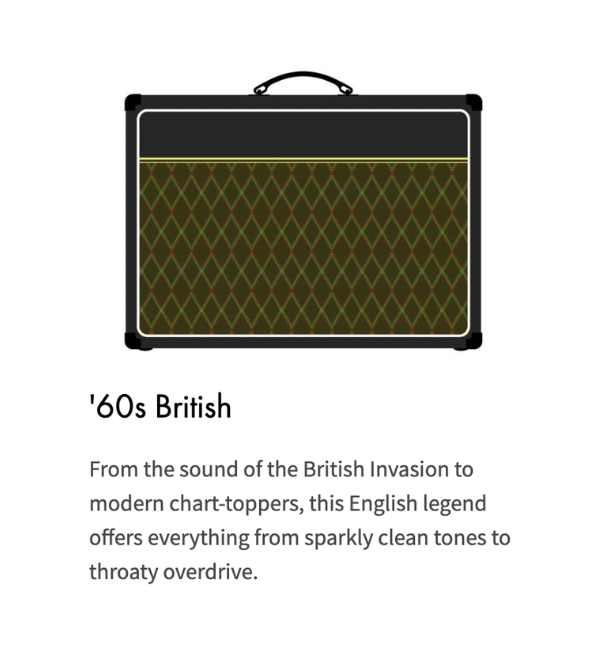
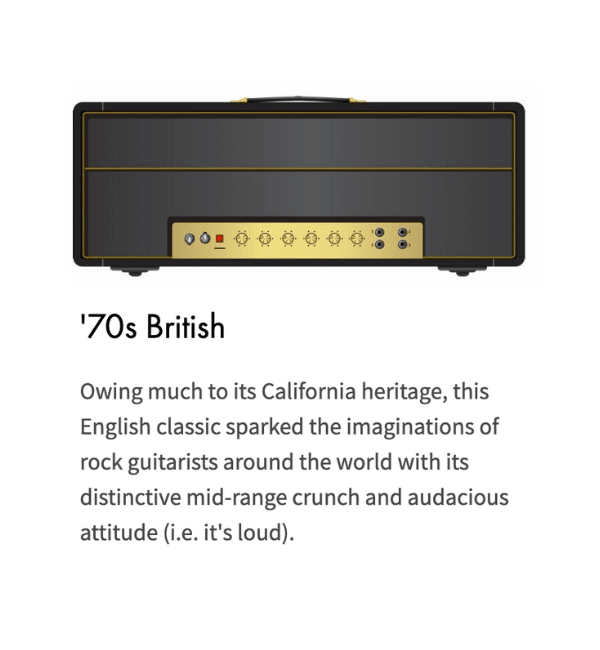
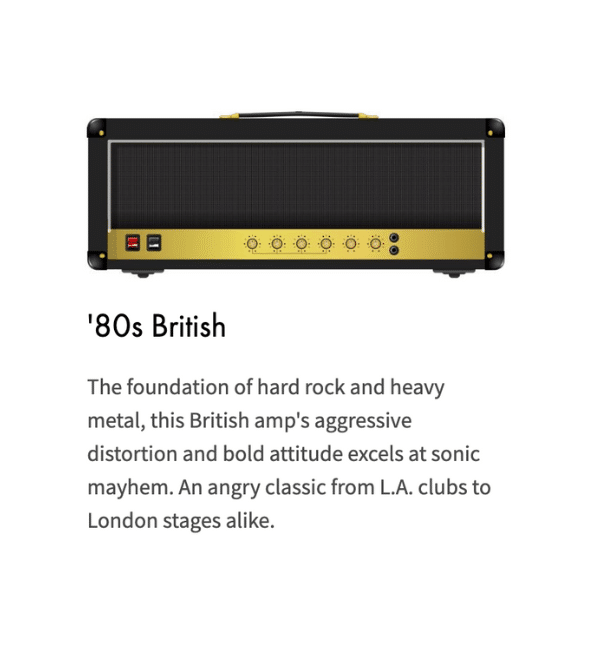
Using “Marshall-In-A-Box” Effects Pedals
One of the best ways to get your Fender into Marshall territory is to use a dirt pedal specifically designed to get capture the magic of these British amps! They work well with single coil and humbucker guitars.
Here are five pedals that I have tried which can really give your amp the coveting Marshall sound, from vintage plexi all the way to high-gain JCM 800 fire-breathing heaven!
You can click on the links below each pedal to get more info on how they work and sound. If you’re shopping for this kind of pedal, you’ve probably been looking for one of these!
Wampler Plexi-Drive Deluxe
I love all Wampler pedals, and this is my favorite one in the list! It has so many ways to get Marshal sounds from any amp! You really get what you pay for!
It has a three-band active EQ with a Gain and switchable boost (pre-gain) for that extra Marhsall magic.
The bass and bright boost dedicated switches make it incredibly versatile. I played with this pedal for over an hour with single and double-coil guitars through multiple amps. It’s now a coveted part of my pedal collection!

Click HERE To Check Reviews & Price On Amazon
Carl Martin Plexitone
Here’s another pedal I love, and it’s handmade. Carl Martin makes some of the best stuff on the planet! It gives you overdrive, crunch, and high gain sounds, with a 20dB clean boost channel.
The single EQ tone knob makes adjusting your tone easier, but I do prefer the Wampler EQ design.
I like the separate switchable Boost and Drive functions, which give you very flexible rhythm and lead options!
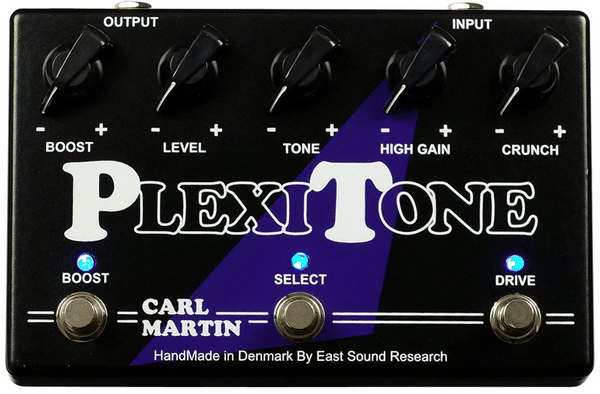
Click HERE To Check Reviews & Price On Amazon
Tone City Golden Plexi 2
If you want a “meat and potatoes” Marshall Plexi driver for your pedalboard, this pedal will give you all the basics. It’s just Volume And Gain with a single EQ knob. I had an opportunity to play with the original version pedal, and I thought it sounded great for what it offers.
This is version 2, which I haven’t tried, but it gives you even more for your money with extra gain and less feedback!
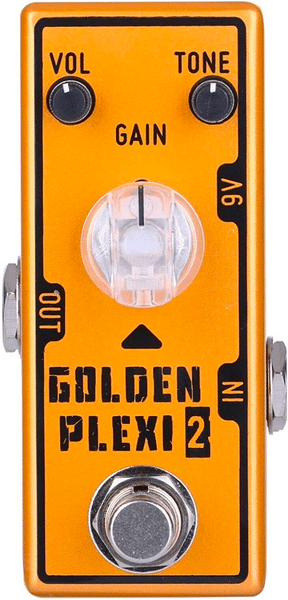
Click HERE To Check Reviews & Price On Amazon
NUX Plexi Crunch
I love how this pedal is set up to look and behave like a Marshall Plexi, with the familiar Master and Presence controls. It has FET circuitry with three stages of analog distortion.
The aluminum alloy housing is very sturdy, and it has true bypass switching.
The Master volume control on the pedal I tried was noisy, but it was probably because of a manufacturing defect or in-store abuse. Nevertheless, this pedal is definitely worth a look!
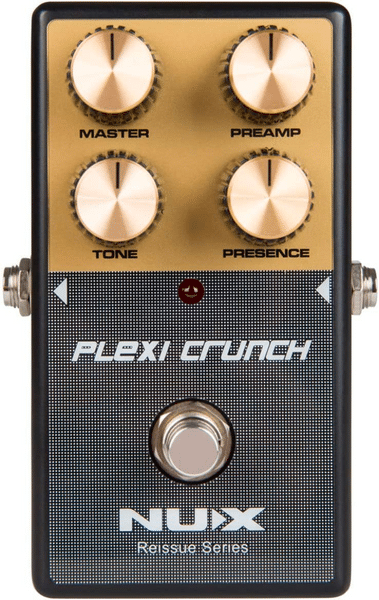
Click HERE To Check Reviews & Price On Amazon
JOYO Hot Plexi
This little pedal really packs a punch! It’s designed to simulate the tone and gain of the Marshall JCM 800, the amp that launched the era of ’80s Rock, Metal, and big-hair bands. It has a simple control layout, and small changes in the Distortion knob make a big difference in the sound.
It sounds more convincing through an amp with a 4×12 cabinet. I love all the JOYO pedals, which give a lot of tonal options for the money!
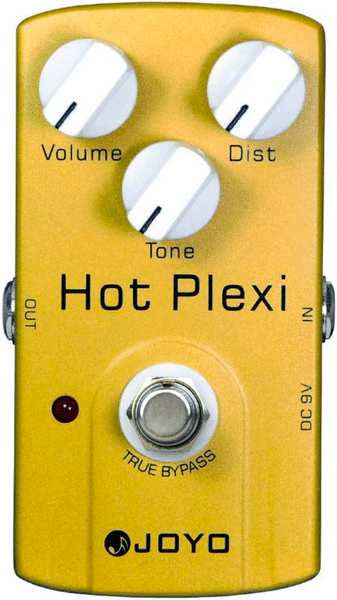
Click HERE To Check Reviews & Price On Amazon
What About A Graphic Equalizer Pedal?
If you don’t have a Marshall-In-A-Box pedal, you can use your favorite dirt pedal (overdrive, distortion, or fuzz) and a good graphic equalizer to make your Fender amp sound more like a Marshall.
I’ve done this on more than one occasion by adjusting my amp settings and running an Ibanez Tube Screamer or ProCo Rat into a graphic equalizer pedal.
I favor the Boss GE-7 seven-band EQ pedal because it has a boost/cut of +/- 15dB per band and a separate Level control to spike your amp’s front end with those Marshall tones you dial in, while helping to control feedback.
It’s always good to have a graphic EQ in your pedal arsenal, and you’ll use it again and again.
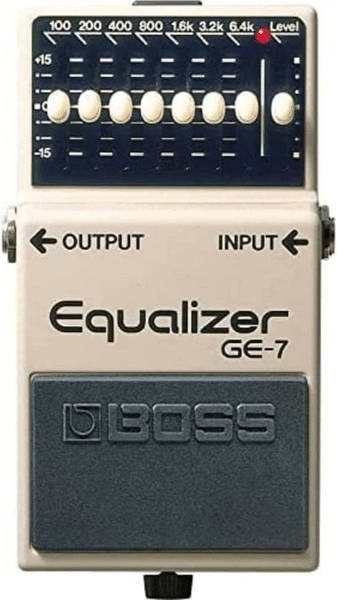
Click HERE To Check Reviews & Price On Amazon
Related Article ➡ DryBell The Engine Review – Get Killer Vintage British Tone!
Speaker Size, Type, And Number Also Matter
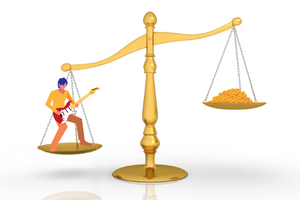
The speaker configuration of your amp is designed to work with your amp’s power rating and voiced to give you a very characteristic sound. When I say “Fender amp,” most guitar players think of Jensen speakers, while “Marshall” brings to mind Celestions, typically Greenbacks.
Adding An External Speaker Cabinet
If your Fender amp has an external speaker jack, it’s easy to add an external speaker cabinet. Still, you must ensure the cabinet’s speaker impedance (in ohms) matches the amplifier’s requirements to avoid damaging the electronic circuitry.
I find that Fender amps with at least two 12-inch speakers can give you a better Marshall-like sound.
For example, my Fender Dual Reverb amp with two 12-inch speakers sounds more “Marshal-like” than my Fender Deluxe Reverb with a single twelve.
My Fender Quad Reverb amp with four 12-inch speakers can get even closer to the sound of a Marshall Plexi half-stack, using the right pedals, since it moves the same amount of air.
I have a Randall speaker cabinet with two 10-inch speakers, which gives my guitars a tighter bass response with more treble.
There are obviously exceptions, depending on the guitar, pedals, amp, and player.
Pros And Cons Of Modifying A Fender Amp


Here are the advantages and disadvantages of modifying a Fender amp to permanently change its sound. I recommend you try the methods listed above before implementing any of these ideas!
| Modification | Pros | Cons |
|---|---|---|
| Replace Speakers | Make sound “British” | Fender tone lost |
| Power Tube Matching | Better sound | Costly |
| “Hot Rod” Electronics | Add more gain to amp | Need amp technician |
Keep On Reading (Below) To Learn More About Each Topic
Types Of Amp Modifications

Some players modify their Fender amps in various ways to make them more responsive and “hotter” sounding. These are primarily pro players who want a “hybrid” sound somewhere between American and British.
If you have a cheap Fender amp, it is best to leave it alone since modifications will usually cost more than the value of the amp.
Replace The Speakers
If you want a more naturally British sound, replacing the speaker(s) in your fender amp with something like Celestion speakers can help get you there.
The problem is that it’s tough to predict exactly what the amp will sound like until you make the swap, so find out if the speakers are returnable before you buy them.
It’s essential to use a speaker with the same impedance and power rating to avoid damaging the amp and speakers.
Save your old speakers in case you want to swap them back or sell the amp.
Power Tube Matching
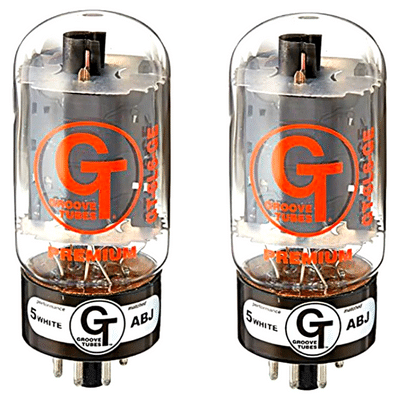
This is another modification to consider if you have a Fender tube amp.
Matching can give your power tubes more natural saturation with a creamy overdrive because they have the same plate current draw. Power tubes must be matched in a pair of two or four, depending on the amp’s power output.
Some companies sell matched sets of power tubes for each make and model amplifier, such as The Tube Store and TubeDepot. Groove Tubes is now owned by Fender, who bought the company name.
Save your old tubes in case you want to swap them back or sell the amplifier.
Just to let you know, depending on the amp (some amps are self-biasing) and the tubes previously installed, you may need to take it to a certified electronics tech to get the amplifier re-biased. This gives you the best performance from your new matched tube set.
Modify The Electronics With Tube Substitutions
This option is for professional players with tube amps that are looking for a very particular sound and performance from their amplifier. Unfortunately, this is a costly procedure that can only be done properly by someone that designs and rebuilds guitar amplifiers.
It typically involves replacing transformers, resistors, capacitors, and tube substitutions. Be prepared to pay thousands of dollars to get the best-quality result.
It is dangerous to attempt this without the proper training and experience. For example, electrolytic capacitors can hold high voltages even after the amplifier is unplugged. Electrocution can cause severe bodily harm and death!
Careful With Vintage Amplifiers!

If you have a high-value vintage Fender amplifier, it’s best to use it as intended to get those classic fender sounds. The age of your amplifier makes it delicate and susceptible to damage, so you need to treat it with the respect it deserves!
Pushing the amp’s front end with dirt pedals like overdrive or distortion boosters can damage the aging electronics and speakers.
Replacing tubes, other electronic components, or speakers can change the amp’s sound and significantly lower its resale value.
Making Guitar Adjustments And Amplifier Modifications
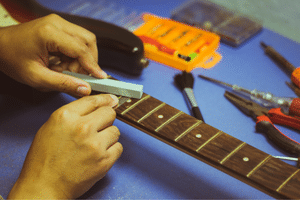
It’s great to work on your guitars, especially if you have a lot of them, but you should always be aware of your limitations.
Adjusting things like an electric guitar’s string height (action) or pickup height can be straightforward. Still, some adjustments require the proper training and experience, like adjusting a guitar’s truss rod.
When you doubt your ability to adjust, repair, or modify your guitar, it’s always best to bring it to a competent guitar technician or luthier (guitar designer & builder). You can permanently damage your guitar, and it might never play and sound right again!
Making modifications to your guitar can void its manufacturer’s warranty and cause permanent damage to the instrument. Certain modifications are irreversible, so you may be stuck with them, even if you desperately want to restore the guitar to its original condition!
I learned that the hard way over the years until I did a three-year apprenticeship in a guitar repair shop. Now I have my own home workshop with the proper training and equipment to safely maintain and repair all my instruments.
It is dangerous to attempt modifying or servicing a guitar amplifier without the proper training and experience. For example, electrolytic capacitors can hold high voltages even after the amplifier is unplugged. Electrocution can cause severe bodily harm and death!
Remember: “When In Doubt, Send It Out!”
Frequently Asked Questions

Here are some of the questions I get asked about guitar amplifiers.
If your question does not appear here, please put it in the comments, and I will get right back to you with an answer.
What Should You Not Do With An Amplifier?
Treat your guitar amplifier like any electronic device. Avoid things like keeping it in an environment that’s too hot or cold, getting it wet, dropping it, and leaving it on all the time.
If your amplifier malfunctions, do not attempt to repair it yourself. Please bring it to a certified repair center. Opening the amplifier is not recommended because you could damage it more or get electrocuted, which could cause serious bodily harm or death.
How Do You Break In A New Guitar Amp?
There’s no absolute need to break in a new guitar amp, but I recommend playing the guitar through it with a low to medium volume for the first day or two, especially if it is a tube amp. This allows the tubes and speakers to “break in” to get the best sound and avoid possible speaker damage.
Should You Let Your Amp Warm Up?
It’s always a good idea to let a tube amplifier warm up before you begin playing to get the best sound and performance. Tube amps typically have a standby switch to allow the tubes to warm up and stay warm between sets.
Solid-state and modeling amps can be used immediately.
How Many Watts Should A Good Amplifier Be?
Good amplifiers don’t have a particular wattage rating. It’s best to find the make and model amplifier you want and select the lowest wattage that will work for you. This will allow you to use the amplifier comfortably at high-volume settings to get the natural overdrive you desire and save you money.
Low-wattage amplifiers between 5 to 25 Watts are great for bedroom use. However, if you play out with a band, you may need a 50 to 100 Watt amp.
Higher wattage does not necessarily mean a higher volume. Tube amps are typically louder than solid-state amplifiers of the same wattage. It’s best to try the amp at all volume settings using your guitar before you purchase it.
Should A Guitar Amp Be On The Floor Or Raised?
Place your amplifier where it sounds best to you. For example, placing an amp on the floor can enhance the bass frequencies, while raising it can let you hear it better as a “monitor” if you’re playing in a band.
You can adjust the amp’s tone controls to help dial in the sound you need.
Does It Matter What Amp I Get For My Guitar?
Get the amplifier that sounds and performs best with your guitar, playing style, and budget. It’s best to start with an amplifier that is flexible enough to grow with you as a guitar player. Then, of course, you can always buy a second amplifier to get a unique sound. I generally prefer tube amplifiers because they give you a more organic sound.
Final Thoughts

I hope you found this article on how to make a Fender amp sound like a Marshall helpful! Although most Fender amps give you the classic Strat and Tele twang, there’s nothing like the British Rock sound!
A Marshall amp is not better than a Fender, or vice versa; simply different. However, generally speaking, it’s harder to make a Marshall sound like a Fender than to make a Fender sound like a Marshall.
You can help your Fender amp get a more “Marshall-like” tone by selecting the right guitar and a flexible amp, adjusting your amp’s controls, using dirt pedals like overdrive or distortion, and adding an extension speaker cabinet.
Marshall-In-A-Box” effects pedals are most effective for getting vintage and modern Marshall sounds from your Fender amp.
You should be careful about making modifications to your Fender amp, like replacing the speakers, tubes, and modifying the electronics. The modifications will permanently change the sound of your amp, and the classic Fender sound will be lost.
Modifying vintage amplifiers in any way could significantly lower their resale value!
Never modify your amp’s electronics if you don’t have the proper training and experience. Electrocution can cause severe bodily harm and death, even if the amplifier is unplugged!

Here’s a great video from Andertons Music that will give you a great idea of the sound of American versus British amps. Using various guitars and effect pedals, they compare the sound of a Fender’59 reissue Bassman to that of a Marshall reissue JCM 45 and a Vox reissue AC 30.
What To Read Next ➡ Why Do Marshall Amps Sound So Good? – Unmasking the Power!
Tell Me What You Think

Please leave a comment below if you enjoyed this article, have any questions about Fender or Marshall amplifiers, or want to give your point of view. I will be happy to help you.
- What’s your favorite guitar amplifier? Why?
- Have you successfully gotten Marshall sounds from your Fender amp? How?
- Which Fender amp would get you closest to the Marshall sound without pedals?
- What else is on your mind?

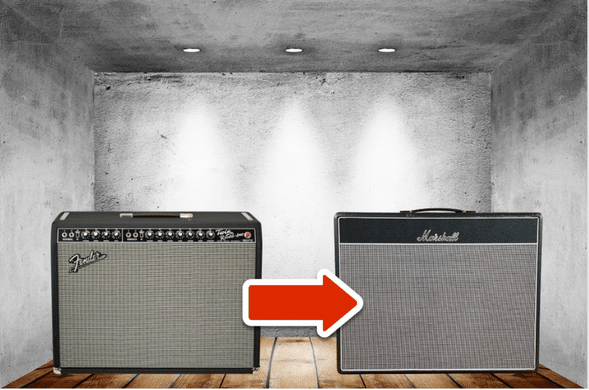
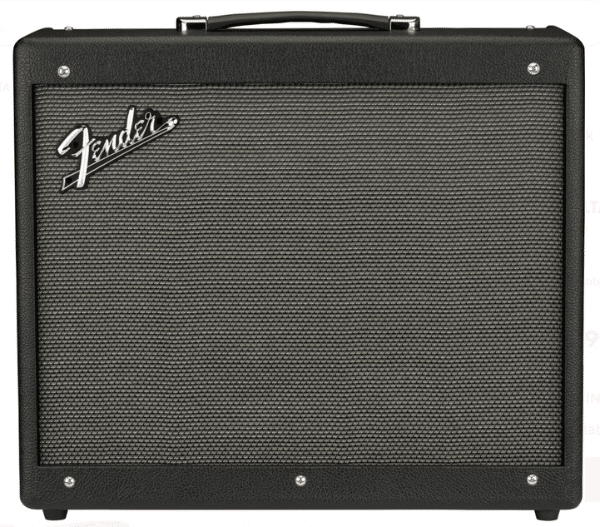
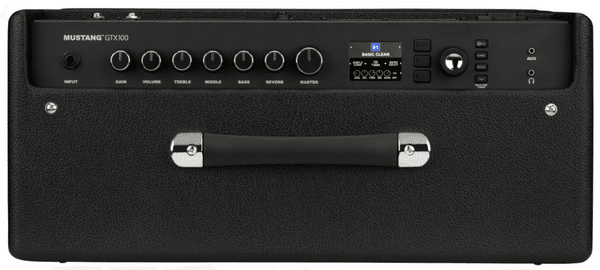

Hey there, fellow guitar enthusiasts! I recently stumbled upon this post about making a Fender amp sound like a Marshall and I just had to share my two cents. I’m a big fan of both brands, and I have had the pleasure of playing through both Fender and Marshall amps over the years. So, let me tell you, it’s definitely possible to achieve a Marshall tone with a Fender amp, and it’s all about getting the right settings and gear.
Now, before I dive into the specifics, let me first say that there is no one-size-fits-all solution when it comes to tone. Every amp, every guitar, and every player is unique, so the settings that work for me might not work for you. But, with that being said, I’ll give you a few tips that have worked for me in the past.
First and foremost, you’ll want to crank up the gain on your Fender amp. This is key to getting that thick, aggressive Marshall tone. You’ll also want to tweak your mid and bass controls until you’re happy with the overall balance of your sound. I’ve found that turning up the mids and dialing back the bass just a bit can give you that classic, cutting Marshall tone.
Next, you’ll want to experiment with different pedals. A good overdrive or distortion pedal can help you get that Marshall-like tone, especially if you’re looking for a more classic rock sound. I’ve had great success with the Ibanez Tube Screamer, but there are plenty of other great options out there as well.
Finally, it’s worth mentioning that the type of guitar you’re playing through your amp can have a big impact on your overall tone. If you’re looking to really emulate that classic Marshall sound, I would recommend using a guitar with humbucking pickups, as these tend to pair well with Marshall-style amps.
So, there you have it, folks! These are just a few tips to help you make your Fender amp sound like a Marshall. Of course, there are plenty of other variables to consider, like your playing style, the type of music you play, and the specifics of your amp and gear, so feel free to experiment and find what works best for you. Good luck and happy playing!
Hi, Bob
Nice summary of this article, and I appreciate you adding elements of your playing experience.
The bottom line is that nothing sounds exactly like a Marshall but a Marshall. However, there are many ways to make a Fender amp do a great imitation!
Keep On Playing! 😎
Frank 🎸
I really enjoyed this article. It has been almost 4 decades since I had a fender amp. I played an old Vox solid body on it. I don’t remember the amps but it pushed the sound. I have not experience with Marshall amps, but I really appreciate the sound comparison that both produce. I guess the one thing I could say about my old amp was that it produced a sharp sound. I think that today’s musicians would find this article very helpful. The detail and the suggests were interesting for me and, I am sure, will be valuable for someone today.
Hi, Anastazja
Thank You for your comments!
Yes, Fender and Marshall amps have distinct sounds and performance specifications. A Fender amp is a great choice because it’s very flexible and can handle most any type of music. They also tend to be less costly, Watt for Watt.
It’s easier to get a Marshall tone out of a Fender amp than vice versa by using pedals, etc.
Please consider taking up the guitar once again if you’re not currently playing! 😎
Rock On! 🤘
Frank 🎸